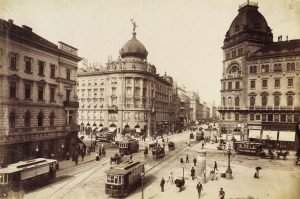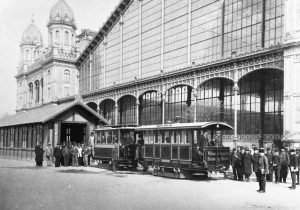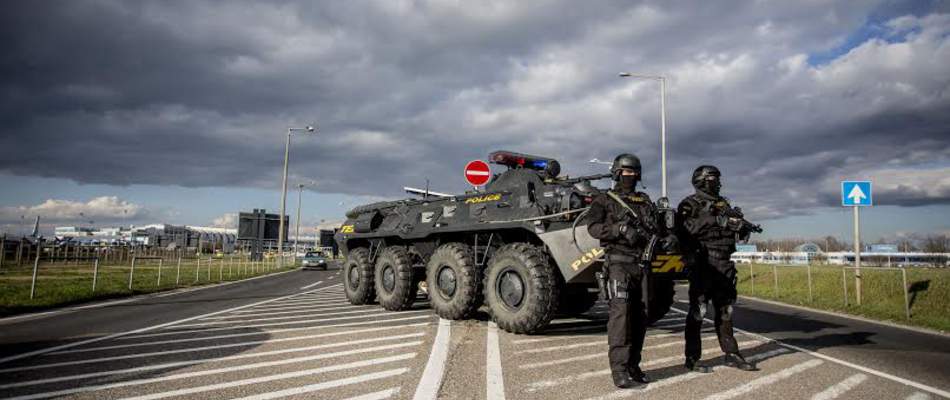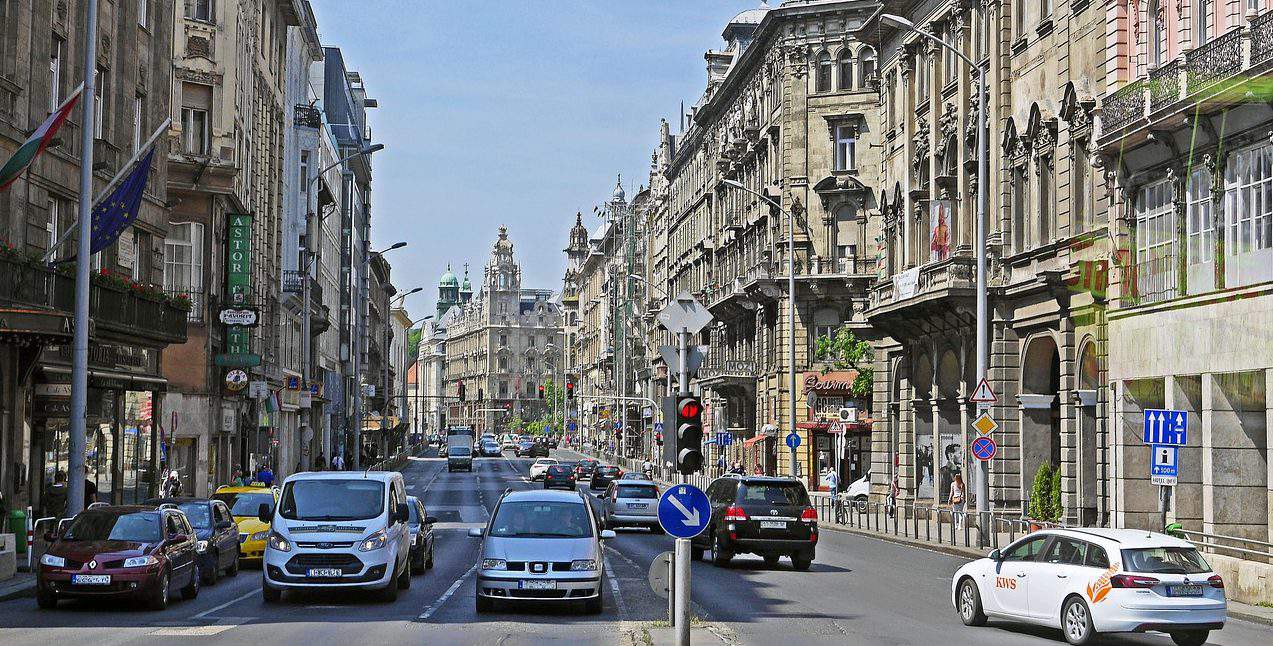Secrets of Budapest: The Grand Boulevard
According to funzine.hu, the Grand Boulevard, between Jászai Mari Square and Boráros Square, is Budapest’s busiest and most well-known road. Most of us cross the path of tram 4 and 6 almost every day, but only a few of us know that originally a canal system was planned to be constructed between Saint Stephen and Francis Boulevard.
Let’s start with some numbers. The Grand Boulevard is 4.1 kilometres long, its average width is 45 metres and the size of its paved surface is 186,345 square metres. Its lowest point can be found at Boráros Square, while its highest point is at the Nyugati railway station.
Budapest, East Europe’s Venice (almost)
A law was made about the construction of the Grand Boulevard in 1871, and it was executed between 1872 and 1896. (At least officially, the actual works were only finished in 1906.) The main goal of the city leaders was to connect the city’s swampy, unexploited region into the circulation of the city. One of Danube’s anabranches, the Rákos Branch used to be in the place of today’s boulevard.

Engineer Ferenc Reitter wanted to reconstruct the deep lying region in a surprising way. He imagined a passable canal in the region with 12 bridges and cargo areas, imposing mansions along the coast. Reitter planned to close off the water of the canal from Danube at Boráros and Jászai Mari Square.
As crazy as this plan might seem in the 21st century, the only reason it wasn’t executed in the 19th century was due to the lack of money. If Reitter’s plans had been performed, we would be going from one side of Király Street to the other with ships and would cover the distance between Oktogon and Corvin Quarter with boats. Just like in Venice, right?
From plans to reality
So the plans for a canal were dismissed early on due to financial reasons. This is how the construction of the boulevard started in 1872. It was the time when the Andrássy Avenue was almost ready, however, the Grand Boulevard’s construction wasn’t as smooth and trouble-free as in the case of the avenue.
They needed to demolish more than 250 houses for the boulevard to be built, but the same amount of new houses were built. Most houses were demolished between Király and Üllői Street, from there, the region of today’s Francis Boulevard was completely dead. The last built-in site of the boulevard was the Corvin Quarter, which was only finished in 1927-28. The houses surrounding the cinema used to be sport pitches.
Vígszínház, found in the Saint Stephen boulevard section, was also constructed in that time, in 1895 to be accurate. It is the merit of the Austro-Roman Empire’s most popular architect duo, Ferdinand Fellner and Hermann Helmer, who designed more than 40 theatres for the monarchy.

The city’s first tram was launched on the Grand Boulevard in 1887 between Nyugati railway station and Király Street. Tram 6 was green, unlike today’s yellow combinos, and it had two stops at Szondi Street and Oktogon (Octagon Square back then).

The changes of the boulevard
The Grand Boulevard lived its heyday before WW I, when most of the houses along the road were already finished. During the bombings of WW II, these buildings were damaged quite badly, and most of them weren’t restored true to their original state. (It was also due to financial problems: the budget couldn’t cover the renovation of facades, towers, bastions and artistic roof structures and their fine, detailed design.)
The socialist era’s “architectural style” was like adding fuel to fire: it simply encased the Corvin Mall with a “metal cage” and demolished the National Theatre alluding to the construction works of metro line 2. The Skála Mall, which has seen better days, in front of Nyugati railway station and the Ferdinand Bridge behind the station were both built in this era as well.
Photos: www.fortepan.hu/BudapestFővárosLevéltára
ce: bm
Source: http://funzine.hu/
please make a donation here
Hot news
Top Hungary news: train derailed, huge tax against short-term rentals, new train stations, Hungarians about the war, Dracula, cocktail bars — 21 October, 2024
Hungarian research could yield breakthrough in Covid-19 treatment
5+1 stylish cocktail bars in Budapest to explore with your friends after a long day
Railway stations in major Hungarian cities to be completely rebuilt with private capital
Young people planning armed attacks against protected persons in Hungary – US intelligence warns
Hungary, Laos agriculture ties strengthening: Minister Linkham Duangsavanh visits Budapest






1 Comment
You have a rich history with beautiful old pictures of Budapest. Is it possible for you to inform me about a street along (at that time) Voroshadsereg u. It had no name, but only a number. As I remember well it started with 60X or 50X and it was located in district XVIII.
The house there was a one-family house with a garden. I can’t find that good old house/street/place anymore. What I do know was that a family Kemeny was living there and they had a very beautiful daughter. I know that because I was there in August 1966 and the letters between Tunde (the daughter) and me were not delivered. And that still gives me a sad feeling. I hope that you can do something for me.